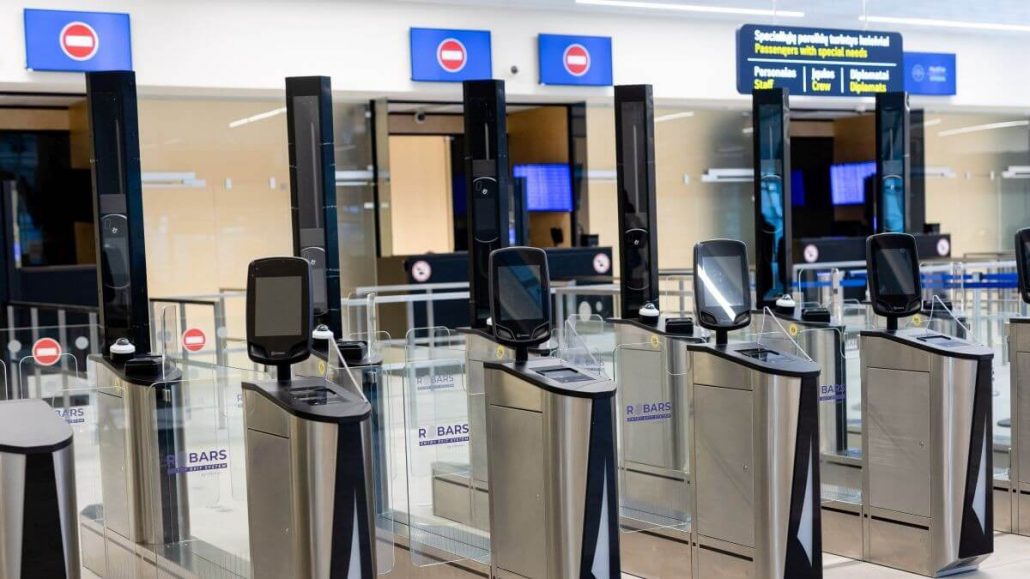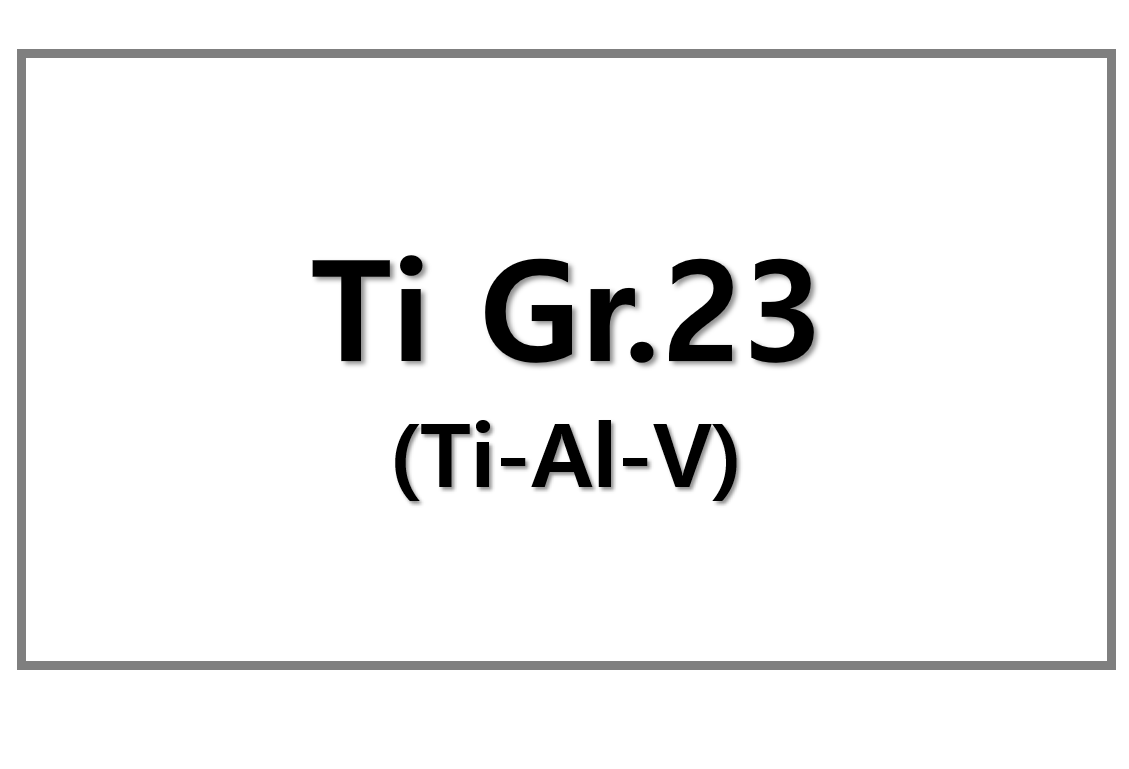
What is the Entry/Exit System (EES) and How Will It Work?
The EU’s Entry/Exit System (EES), scheduled for launch in 2025, promises to transform border control for non-EU nationals. Designed to streamline the entry process and improve security, the system will capture biometric data such as facial scans and fingerprints. The system will be mandatory for visitors without visas who are staying in the Schengen Area for up to 90 days within a 180-day period. EU citizens and those holding long-term visas are exempt from this system.
The EES aims to track each traveler’s entry and exit, making it easier to monitor overstays and enhance border security. This automated system will allow for more efficient border crossings and provide accurate records of visitor activities.
Key Features: Biometric Data and Security Enhancements
One of the most notable features of the EES is the collection of biometric data, including fingerprints and facial recognition, which will be updated every three years. This technology will improve border control by creating a secure, data-driven record of all travelers. By tracking overstays, the EES will enhance the Schengen Area’s security and reduce administrative burdens at borders.
Former EU Home Affairs Commissioner Ylva Johansson emphasized the importance of the system in combating overstays, which have been a persistent issue for European border authorities.
Delays and Challenges in Implementing the EES
The EES has faced delays since its initial proposal in 2016. Key factors contributing to these delays include technical issues and the need to upgrade infrastructure at major border crossings. Countries like Germany, France, and the Netherlands, which are key tourist destinations, have expressed concerns about the system’s readiness.
Infrastructure adjustments, such as reinforcing airport floors to support biometric scanners, have also contributed to the setbacks. Originally set for launch in December 2023, the system’s deployment has now been postponed until 2025.
Gradual Rollout and Future Plans
The EES will be rolled out gradually, starting with a soft launch at 10% of border crossings across member states. This phased approach allows for fine-tuning during the first six months, with passports still being stamped alongside electronic tracking. After this period, the system will become fully operational, with biometric data becoming central to the process.
Additionally, travelers will need to apply for the European Travel Information and Authorization System (ETIAS) starting in 2026. The ETIAS will serve as a visa-waiver program for nationals from countries that do not require a visa for EU visits.
Countries Affected by the EES
The EES will apply to all Schengen Area countries, excluding Cyprus and Ireland. Four non-EU countries—Norway, Switzerland, Iceland, and Liechtenstein—will also adopt the system.
Conclusion:
The EES will bring much-needed improvements to European border control, offering enhanced security and efficiency. However, its gradual rollout means that cooperation between EU member states and technological advancements will be key to successful implementation. Once fully operational, the system will modernize border controls across Europe, making travel safer and more streamlined.











Leave a Reply
You must be logged in to post a comment.